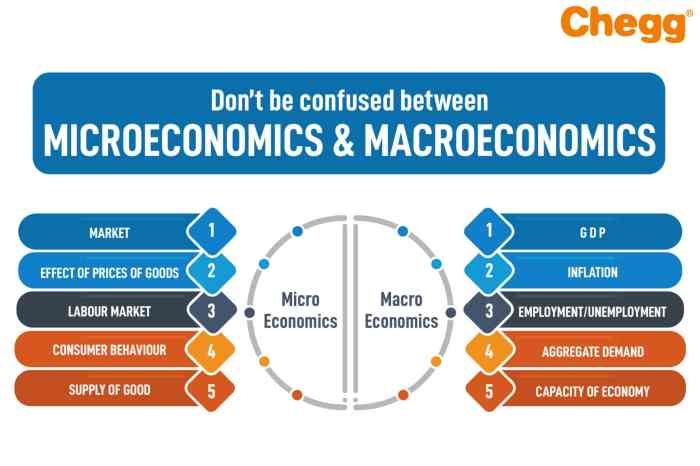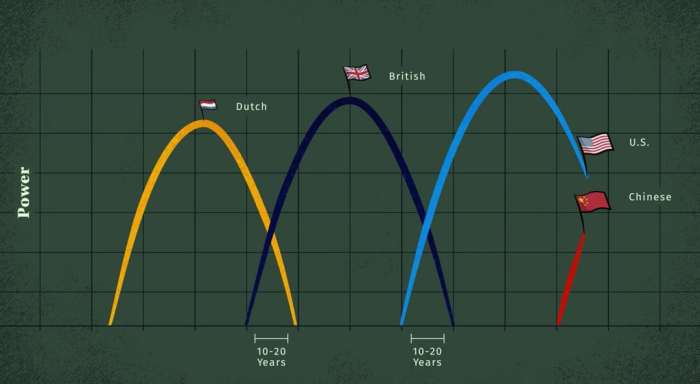In the face of rapid technological advancements and globalization, the field of microeconomics has undergone a significant transformation. Microeconomics Principles for a Changing World explores the fundamental principles of microeconomics and their relevance in today’s dynamic economic landscape, providing insights into how businesses, governments, and consumers navigate these evolving challenges and opportunities.
This comprehensive guide delves into the interplay of supply and demand, the role of government intervention, the impact of behavioral economics, the importance of innovation and entrepreneurship, the effects of globalization, and the transformative power of technology on microeconomic principles.
1. Supply and Demand Dynamics in a Changing Market

In a dynamic market, supply and demand forces are constantly evolving. Technological advancements and globalization are two major factors that are shaping these dynamics.
Technological Advancements
Technological advancements influence consumer behavior and preferences in several ways:
- New products and services: Technological innovations introduce new products and services that meet evolving consumer needs.
- Convenience and accessibility: Technology makes it easier for consumers to access products and services, increasing demand.
- Changing tastes and preferences: Technological advancements can alter consumer tastes and preferences, influencing demand patterns.
Globalization
Globalization impacts supply chains and market competition:
- Increased competition: Globalization opens up markets to foreign competition, increasing competitive pressure on domestic firms.
- Global sourcing: Globalization allows businesses to source materials and products from around the world, optimizing supply chains.
- Trade agreements: Trade agreements can influence the flow of goods and services, affecting supply and demand patterns.
Business Adaptations
Businesses adapt to changing supply and demand patterns by:
- Product differentiation: Creating products and services that stand out in the market.
- Market research: Understanding consumer needs and preferences to adjust supply accordingly.
- Supply chain management: Optimizing supply chains to meet changing demand.
2. The Role of Government in a Market Economy

Government plays a crucial role in regulating industries and promoting economic growth.
Regulation, Microeconomics principles for a changing world
Government regulations aim to:
- Protect consumers: Ensuring the safety and quality of products and services.
- Promote fair competition: Preventing monopolies and anti-competitive practices.
- Address market failures: Correcting inefficiencies and externalities in the market.
Economic Growth
Government interventions can stimulate economic growth by:
- Infrastructure investment: Investing in roads, bridges, and other infrastructure to enhance productivity.
- Education and training: Providing education and training programs to develop a skilled workforce.
- Fiscal policy: Using taxation and spending to influence economic activity.
Challenges and Opportunities
Government faces challenges in managing a dynamic economy, including:
- Balancing regulation and innovation: Ensuring regulations do not stifle innovation.
- Addressing inequality: Addressing income disparities and promoting social mobility.
- Adapting to technological advancements: Keeping up with technological changes and their impact on the economy.
3. The Impact of Behavioral Economics on Microeconomic Principles

Behavioral economics has revolutionized our understanding of consumer decision-making.
Consumer Decision-Making
Behavioral economics shows that consumers are not always rational decision-makers. They are influenced by:
- Cognitive biases: Cognitive shortcuts that can lead to irrational choices.
- Emotional factors: Emotions, such as fear and greed, can influence decisions.
- Social influences: Consumers are influenced by the behavior of others.
Business Applications
Businesses use behavioral insights to shape consumer behavior:
- Nudging: Encouraging desired behaviors through subtle cues.
- Framing: Presenting information in a way that influences consumer choices.
- Defaults: Setting default options to influence consumer behavior.
Ethical Implications
Using behavioral economics in marketing and policymaking raises ethical concerns:
- Manipulation: Ensuring that behavioral insights are not used to manipulate consumers.
- Vulnerable populations: Protecting vulnerable populations from exploitation.
- Transparency: Requiring transparency in the use of behavioral insights.
Common Queries: Microeconomics Principles For A Changing World
What are the key challenges facing businesses in a changing market?
Businesses face challenges such as adapting to technological advancements, navigating globalization, and understanding consumer behavior influenced by behavioral economics.
How does government intervention impact microeconomic principles?
Government intervention can regulate industries, promote economic growth, and address market failures, but it also presents challenges and opportunities for managing a dynamic economy.
What is the role of innovation in driving economic growth?
Innovation is crucial for economic growth and competitiveness, fostering entrepreneurship and small business development while presenting challenges for businesses adapting to technological advancements.